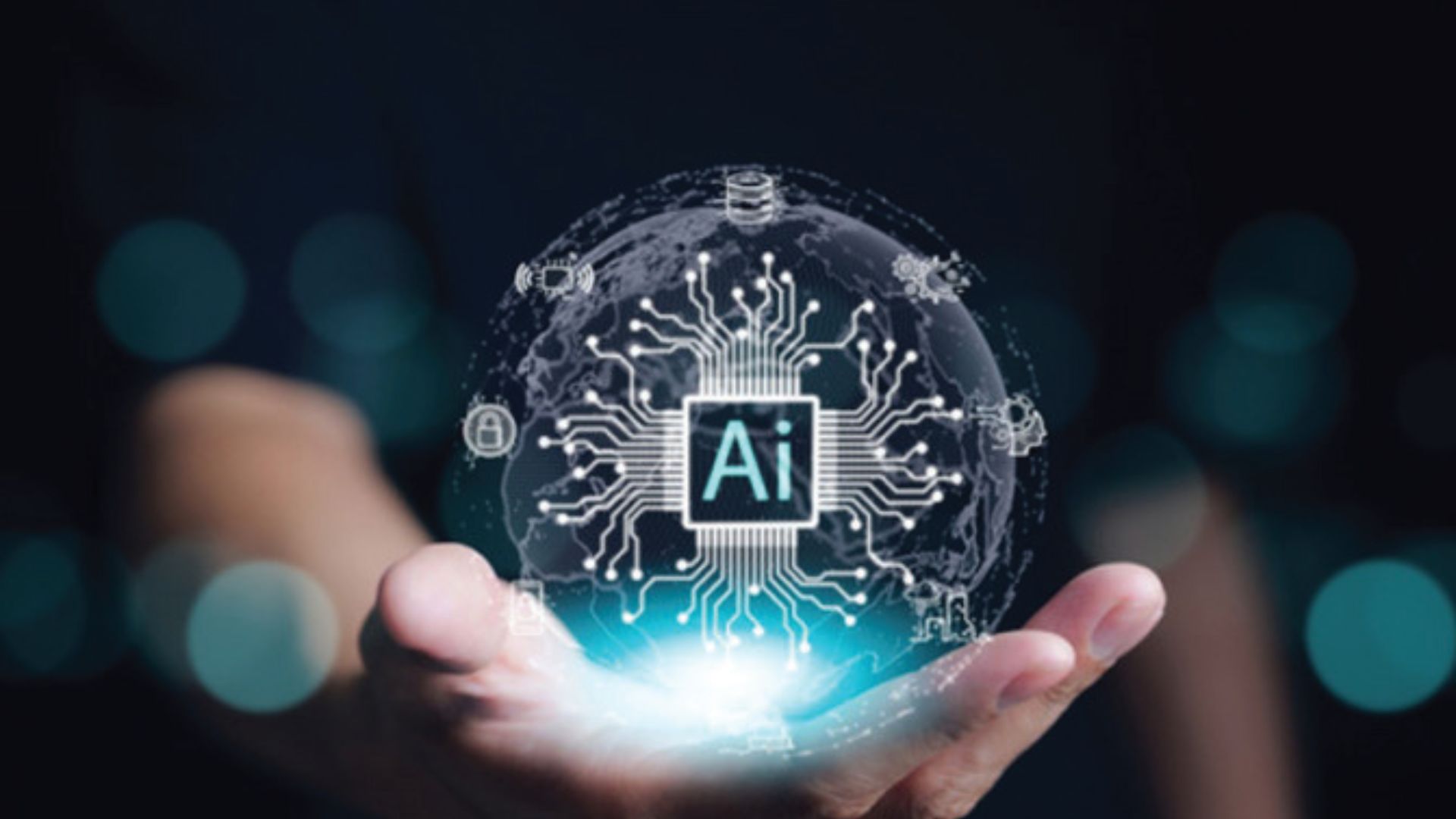In recent years, India has witnessed an unprecedented surge in AI development. The government’s allocation of $1.25 billion to boost AI growth and tech giants like Microsoft committing to train 2 million Indians in AI by 2025 are testament to this trend. However, amidst this optimism, concerns about job market disruptions loom large, creating a complex scenario for policymakers and stakeholders.
The Double-Edged Sword of AI: AI presents a paradox of opportunity and challenge. On one hand, AI drives job creation across sectors. Investments and incentives are fuelling the growth of generative AI, with projections of over 500 new AI-based start-up jobs by 2025 as per T-Hub, a startup incubator. Both startups and large corporations are developing AI solutions that not only create jobs but also enhance job quality and inclusivity.
Conversely, there is palpable anxiety about job displacement.
According to the Microsoft Work Trend Index 2023, over 74% of Indian workers fear losing their jobs to AI. This fear is not baseless, as automation and AI could potentially replace routine and low-skill jobs, disrupting the traditional job market.
The World Economic Forum’s Future of Jobs Report claims that some 23% of jobs are expected to change by 2027, with 69 million new jobs created and 83 million eliminated globally, leading to a net reduction in jobs.
This has a direct impact on labor-intensive job markets such as India.
Leveraging the Demographic Dividend: India’s large labor force and demographic dividend present a unique opportunity to integrate AI in a way that supports economic growth. Reskilling and upskilling initiatives are paramount. The government and private sector are focusing on preparing the workforce for AI-related jobs.
For example, Microsoft’s initiative to train 2 million Indians by 2025 aims to bridge the skills gap. Moreover, incorporating AI and digital literacy into educational curricula is essential.
This approach ensures that the future workforce is equipped with the necessary skills, to maintain India’s competitive edge in the global market. NCERT must ensure that such awareness around AI capabilities reaches middle school kids in the remotest Kendriya Vidyalayas of the country.
The Role of Government and Policy: The Indian government’s proactive stance on AI is evident through various policies and initiatives. Developing a robust regulatory framework is imperative to ensure the ethical and responsible use of AI.
This includes addressing data privacy, algorithmic transparency, and mitigating biases in AI systems. Economic policies that incentivize AI adoption in key sectors like agriculture, healthcare, and manufacturing can drive inclusive growth. AI can significantly enhance productivity and innovation, leading to new business models and employment opportunities.
GenAI for increasing women participation in the workforce: Generative AI (GenAI) has shown the ability to perform tasks efficiently, eliminating human error and reducing training requirements. Companies are leveraging AI for tasks such as coding, data scraping, and other deterministic processes.
This shift has led to a 30% productivity hike, encouraging a re-evaluation of work hours and job roles. In rural areas, AI is enabling economic activities for women and creating new opportunities. AI tools can facilitate the re-entry of women into the workforce and enhance productivity in sectors like beauty and agriculture. Less than 25% of the Indian workforce is female and the contribution of women to India’s GDP is just 18%, one of the lowest proportions in the world.
Vision 2047: Viksit Bharat: Prime Minister Narendra Modi’s vision of a developed India by 2047 hinges significantly on technology, including AI. AI can drive sustainable development goals (SDGs) by optimizing resource use, enhancing agricultural productivity, and providing efficient public services. Ensuring that the benefits of AI reach all segments of society, including marginalized communities, is essential for achieving an inclusive, developed India.
Economists have proposed a “robot tax” to address the impact of AI on employment. The merits include generating revenue specifically for reskilling and rehabilitating workers displaced by AI, expanding social safety nets, and encouraging responsible AI adoption. However, a robot tax could discourage investment in AI, create regulatory complexities, and increase operational costs for businesses, especially SMEs. It might also place countries at a competitive disadvantage if other nations do not implement similar taxes
India stands at the crossroads of technology disruption. The integration of AI presents an opportunity to transform the economy, create jobs, and lead the Global South.
However, this requires a balanced approach, with strong government policies, international cooperation, and a focus on reskilling the workforce. As India navigates this path, it can emerge as a global leader in AI, setting an example for other nations to follow.
Rajesh Mehta is an International Affairs expert working on areas like Market Entry, Innovation & Public Policy, Rahul Jha is an International Development specialist with keen interest in emerging technologies based in Geneva, Switzerland

